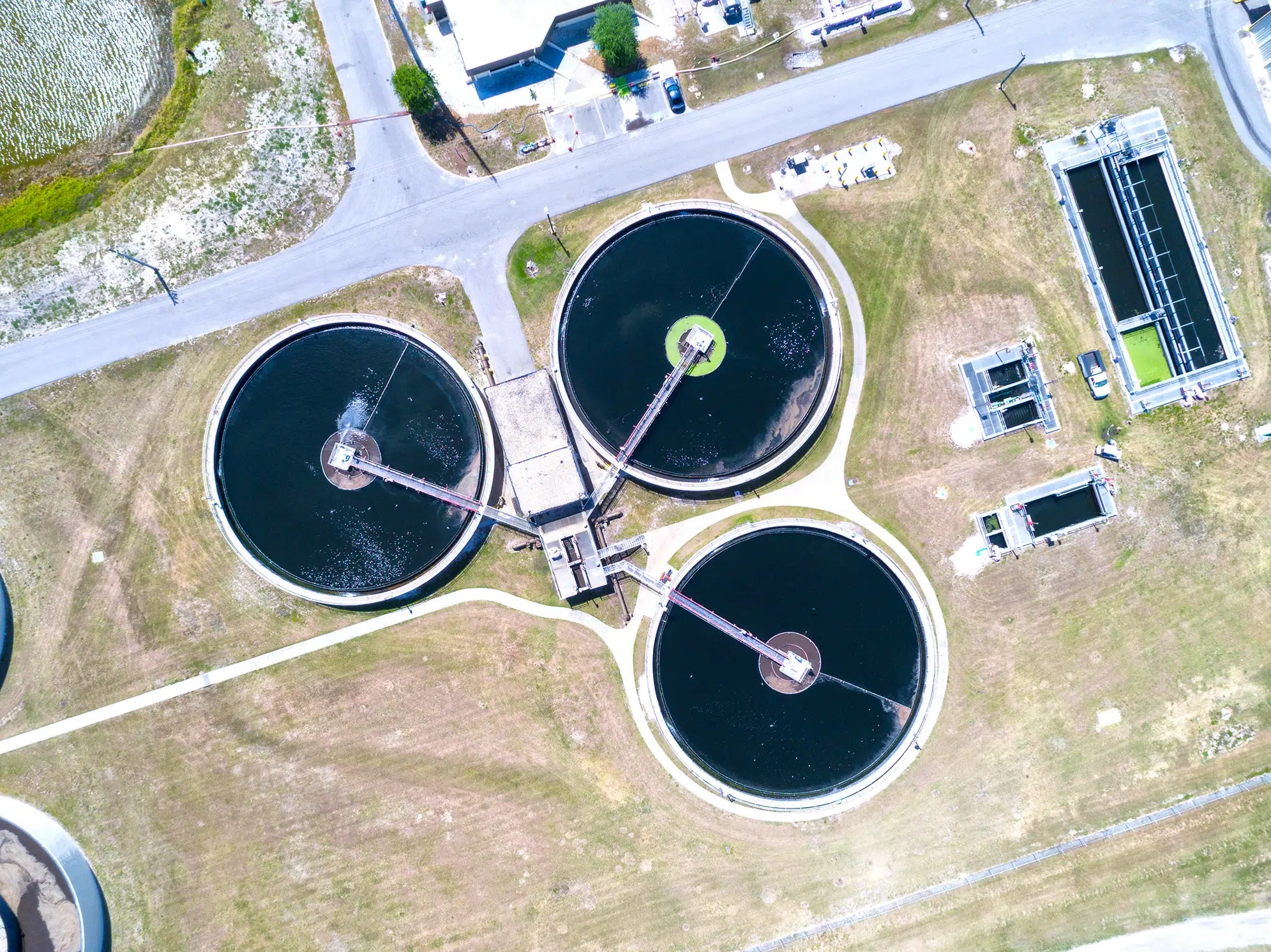


(2015) used metagenomic approaches to compare the fate of AMRDs in anaerobic, aerobic, and anaerobic-aerobic sequence bioreactors (AASs). (2007) found that both organic loading and growth rate resulted in the amplification of tetracycline resistance in WWTPs using biological treatment processes. There have been numerous studies to determine which treatment systems and operational conditions impact AMRDs. Both operational conditions and design can influence the fate of AMRDs in WWTPs ( McKinney et al., 2010 Novo and Manaia, 2010 Chen and Zhang, 2013). Additionally, different WWTPs have different efficiencies for the removal of AMRO. The presence of microorganisms in flocs and in biofilms may be significant in establishing the basis of why WWTPs are considered both hot spots for gene transfer and possible reservoirs for AMRD.Īndersen (1993) found that microbial community composition in a WWTP affected AMR coliforms. Microorganisms are found in a variety of states in WWTP including in planktonic form, flocs suspended in the wastewater, and biofilms attached to solid surfaces ( Sustaric, 2009 Sheng et al., 2010). The nature of biological treatment can also encourage the dissemination of AMRD into the environment and within the wastewater microbiome. WWTP effluent and solid waste products not only have a high prevalence of AMRDs but also release selective agents into the receiving environments ( Jury et al., 2011). For those contaminants that can be degraded, the resulting metabolites may still have antimicrobial or selective activity. Many microbial and chemical contaminants in wastewater cannot be degraded by the treatment process or inactivated through disinfection of the effluent. Influent can be contaminated with a variety of pollutants, including antimicrobial agents, pharmaceuticals, personal care products, and heavy metals, which can accumulate within WWTPs. WWTPs are relatively nutrient-rich, heavily contaminated environments that receive waste from a variety of AMRD-loaded environments, including hospitals, industrial and agricultural sites and release both solid and liquid by-products that can disseminate AMRDs. WWTPs are a significant point source for AMRDs and antimicrobials. Liss, in Management of Emerging Public Health Issues and Risks, 2019 2.3.3.1 Wastewater Treatment Plants as a Point of Control


 0 kommentar(er)
0 kommentar(er)
